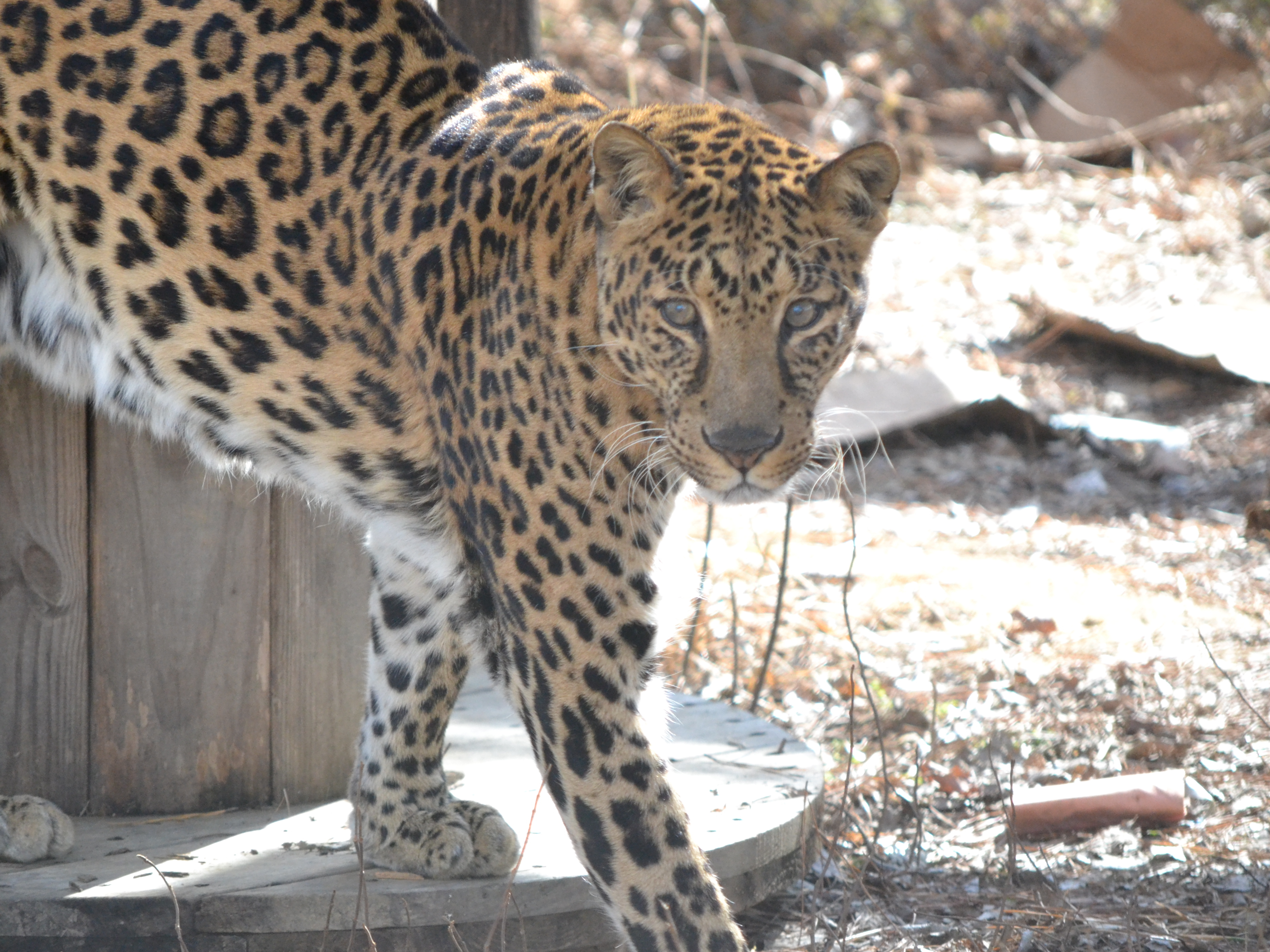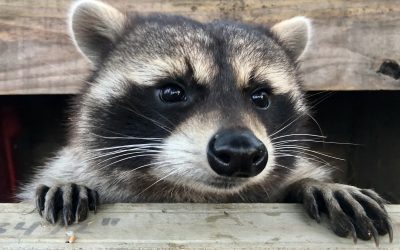Raccoons are well known throughout the world as they are found in North and South America as well as in parts of Asia. They are an extremely adaptable species and one of the few that has adapted well to human encroachment. They can live in wooded areas, suburban areas, and even busy cities. They do not face many threats and are opportunistic eaters. They will eat whatever is convenient. Their masks, black fur around their faces, acts as an anti-glare device and is thought to also enhance their night vision.

Lifespan
Raccoons in the wild, on average, live about 5 years. In captivity they can live into their mid teens.
Raccoons, at the should, can range between 9-12 inches and can weigh between 7-20 pounds, on average.
Raccoons have gray bodies and a distinct black and grey ringed tail. They also are notorious for their masked face.
Raccoons are very intelligent and curious. They are nocturnal and do most of their foraging at night. They seem to wash their food before eating it, by dunking it in water before they eat it. Their hands are very dexterous and it is believed they have sensitive nerves in their fingers and paws that help them forage. Raccoons are primarily solitary and do not tend to stray far from their dens when they venture out at night.
Raccoons live in wooded areas and do exceptionally well in urban settings. They are on of the few animals that have thrived as humans have expanded their range. They figure out how to navigate human obstacles like trashcans and can easily things like climb fire escapes.
Principal Threats
Because raccoons have done well with the spread of humans, they often are seen as nuisance animals. They can get into trash and gardens, so some people consider them pests. Keeping trash cans, chicken coops, and gardens secure will help prevent the animals from getting in. If one needs to be removed from the property, it is important that a trained rehab facility is involved to prevent injuries to humans and the animals.

Range Map

Range
Raccoons can be found in most of North and South America. There are many species within the raccoon family including kinkajous and coatimundis. Raccoons are found in most of the United States except the Rocky Mountains and hot desert areas.
Raccoons are opportunistic eaters. They are omnivores, eating both plants and animals. Raccoons will eat catch and eat fish, crawdads, frogs, and other amphibians. They will also eat insects and nuts, along with anything they can find in an opened trash can.
The raccoon has a gestation period of 63-65 days. They will have between 3-4 babies on average and the babies will stay with their mother through their first winter.
Raccoons are nocturnal animals. They do the majority of their foraging at night. They are occasionally out during the day though. They are curious animals that love to get into things that often makes them a nuisance to humans. They are easily adaptable, eating almost anything they come across. When frightened or angered they will make hissing noises and will growl.
Raccoons are listed as least concerned on the IUCN Red List. They are actually thriving as humans expand their territory, adapting well to urban environments.
Fun Facts
- Raccoons are able to climb down trees head first.
- Raccoons are found in many countries outside of the Americas due to humans bringing them there. In the 1970's Japan imported nearly 1500 of them a month so people could have them as pets. When they became too much to handle, they were released into the wild.
- During part of his presidency, President Coolidge had a raccoon in the white house as a pet.
- There are 6 raccoon species native to North and South America.





